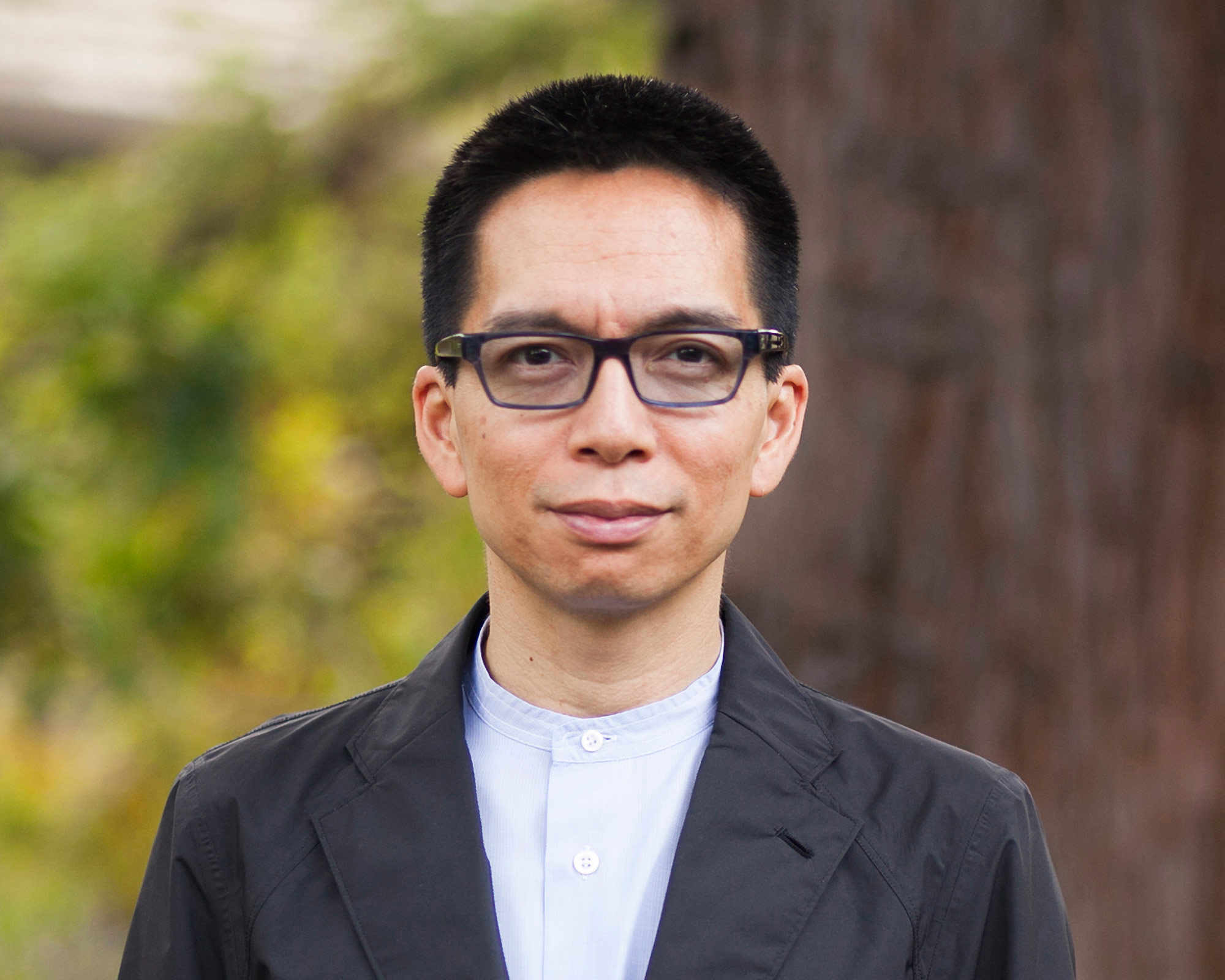
- Interview by Tina Essmaker April 8, 2014
- Photo by Mona Brooks
John Maeda
- designer
- educator
- writer
John Maeda is Design Partner at Kleiner Perkins Caufield & Byers, chairs the eBay Design Advisory Council, serves on the boards of Sonos and Wieden+Kennedy, and is a member of the World Economic Forum’s Global Agenda Council on New Models of Leadership. From 2008 through 2013, he served as the 16th president of Rhode Island School of Design. Prior to that, he spent 13 years at the MIT Media Lab as a professor and head of research.
Interview
Describe your path to what you’re doing now.
The path began in a tofu store in Chinatown in Seattle. My parents didn’t know what we could or couldn’t do. I was good at math and art, so my family decided I should be good at math. Their dream was for me to go to Massachusetts Institute of Technology (MIT), so I went to MIT. During my first year there, all of my upperclassmen friends were studying for a thing called the Graduate Record Examinations (GRE); I didn’t know about graduate school prior to that. I called my dad and said, “Dad, there’s something called graduate school,” and he replied, “Well, you better go to that!” (laughing)
When I was an undergrad at MIT, I was focused on engineering. I discovered the work of Paul Rand after finding one of his books in the library. I was taken by the idea of communicating visually, which was something I didn’t know much about, but loved to do. I earned my master’s degree in something pretty obscure: simulating semiconductors inside of computers in a very special way. After college graduation, I was ready to make a living.
Instead, I decided to go to art school. I studied at Tsukuba University’s School of Art and Design in Japan. There, I reprogrammed myself a little because I didn’t have a computer. It was a happier, quieter life, although still very intense. I reconnected with physical materials and experiences during my time there, and after a few years, my typography professor asked me what I would do with my life. I replied, “Well, I want to be a typographer like you or like the classical typographer, Jan Tschichold.” He became very angry with me and said, “You’re young. Do something young with yourself, because the classics will still be there when you’re old.” That was useful advice.
After that, I bought a NeXT Computer, which had just come out, and I started to write programs. I had forgotten I could program. I made all kinds of programs using PostScript. This time, I came to programming with a different perspective. Before, I could do anything with technology, but I didn’t know what to do; being in art school taught me what to do with that skill.
I completed a doctorate in design and then came back to the MIT Media Lab as a professor. I led research and put together a hybrid studio of people who did art and design, and people who did engineering and computer programming. I enjoyed working with my students immensely, but after a while, I got bored with the domain. The world kept changing and people kept saying to me, “Don’t worry about money. You’re a creative person; you shouldn’t have to worry about that.” That worried me. I wasn’t sure what they were saying to me, so I went back to school to earn my MBA in order to understand money and not be afraid of it.
After that, I got a call from a search firm about becoming president of a college. My initial response was, “It’s too early. I know nothing about this stuff.” But then my friend, Becky Bermont, gave me this book, The Audacity of Hope by then-Senator Barack Obama. I read it and, wow! I was inspired. After that, I agreed to interview for the job. It was 2008, and it seemed like a time when people could get behind a guy like me who was a little younger, and had a few ideas.
I was hired as president of Rhode Island School of Design (RISD), and President Obama was inaugurated a few months later. Then the financial crisis happened, and I had to learn to be RISD’s president in some of the hardest financial times for the school. But you learn; artists and designers are great at figuring things out, like this thing you’re doing. You stumble, pick yourself up, and keep going. Eventually, things were looking up and fundraising was doing great at RISD.
Then I got another call asking me if I wanted to help spread the impact of art and design. I was inspired by some of the RISD alumni out there, like Joe Gebbia, founder of Airbnb, who has shown how art and design can have a major economic impact. Joe gave a lecture on campus once telling students that the key to his success was to, “Take the Next Step.” I decided to take Joe’s advice myself. I left RISD at the end of December, and I’m now Design Partner at Kleiner Perkins Caufield & Byers, a major venture capital firm. I’m also supporting the CEO of eBay, John Donahoe, in understanding design. It’s been very interesting and exciting.
It’s always exciting to have a new challenge. Congratulations!
Thank you.
Let’s go back a bit farther. Was creativity part of your childhood, and how did you decide what direction to go in after high school?
I think creativity was always a thing in my home for two reasons: one, we didn’t have much money, so we didn’t get to buy things. If we wanted something, we had to make it. I always made stuff out of paper and glue and things I probably shouldn’t have touched. The second reason was that my father was a skilled craftsman, particularly in making food. In Japan, it’s not just how food tastes; it’s how it looks, the textures in it, and how it’s presented on the plate. I learned how to think aesthetically through watching my father make meals for friends. Watching the act of beautiful Japanese foods being made and our family’s lack of resources both pushed me to be creative.
In terms of knowing what I wanted to do, I wanted to be a dentist when I was a kid. A family friend was a dentist, and it’s normal to aspire to what is around you or what you know. Outside of that, I didn’t know what I wanted to do. I didn’t get the chance to play much because we were always working at my dad’s store.
In 1984, the same year I went to MIT, the Macintosh computer came out. My mother and father bought me an Apple Macintosh, and that changed my life. It showed me a combination of design, craft, technology, and aesthetics. Maybe that showed me what I wanted to do: to combine math and art. The Macintosh was kind of a symbol of that.
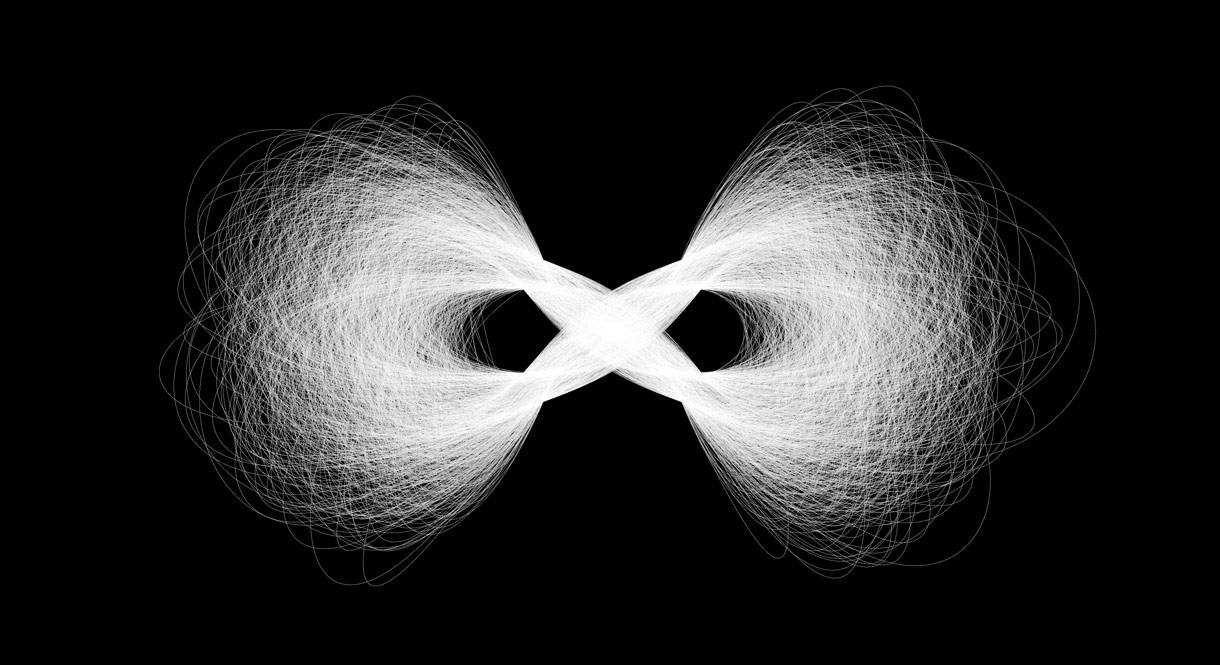
“In 1984, the same year I went to MIT, the Macintosh computer came out. My mother and father bought me an Apple Macintosh, and that changed my life. It showed me a combination of design, craft, technology, and aesthetics.”
Was that an “Aha!” moment for you, or were there any other moments when you knew what you wanted to do?
(laughing) I never had any “Aha!” moments. I was not making conscious decisions about my career path for most of that period. I envy younger people who I meet or the students I used to work with who are so conscious about that stuff. I was not. I had zero “Aha!” moments. I was just making and seeing where it led me; I wasn’t thinking.
Have you had any important mentors along the way?
That’s a good answer to your previous question, in a way. I don’t think you have “Aha!” moments unless you have mentors who teach you how to “Aha!” (both laughing)
I had great teachers. My Ph.D advisor in Japan, Akira Harada, reminded me of what a great professor is about: someone who is curious and loves when others are curious, too. But he also knew how to stay on deadline; it was a combination of being able to diverge and converge. He loved teaching. One time, he told me a story about growing up during World War II as the son of a wealthy banking family. Nobody had any food; it all went to the soldiers. But his family was wealthy, so he had rice. In Japan, rice is the essential thing in a person’s life; the soul of Japan is rice. There’s this little pickled plum called ume, and, every day, my professor got a lunchbox from his mom with a bed of white rice and a red plum in the middle, like the Japanese flag. One day, he forgot his lunch, so he went to his teacher and told her. She said, “I made too much lunch this morning. So please come to my desk and we’ll have lunch together.” At lunchtime, he went to his teacher’s desk. She pulled out her bento box, opened it, and there were two tiny potatoes inside. She said, “Look, I made too much,” and he replied, “I’ll help you, teacher.”
He remembered that later on and cried about how thankful he was for his teacher. I thought that was an important story; it made me think and believe in teaching as an intellectual philanthropy. It’s about doing something good for others. Professor Harada was a great teacher. Along the way, there have been many more like him who have made me more awake.
Has there been a point when you’ve decided to take a big risk to move forward?
Oh, yeah. There are two frames to this idea of taking a risk. When you’re taking a risk, you can either be audacious or courageous—two different things. If you have audacity and take on a risk, it means you don’t know what you’re getting into; you’re walking through a door, into a dark room, with no idea what’s there. If you have courage, it means that you know exactly what’s behind that door; there’s something dangerous, hard, and it’s going to make you really uncomfortable. I think you get to be more audacious when you’re younger because you don’t have as many experiences to reference. When you’re older, you know a lot of patterns; you know exactly what’s behind that door, and you don’t risk as often. In that frame, I have to say that I have always chosen to be audacious, even though I shouldn’t be. I have the courage to be audacious.
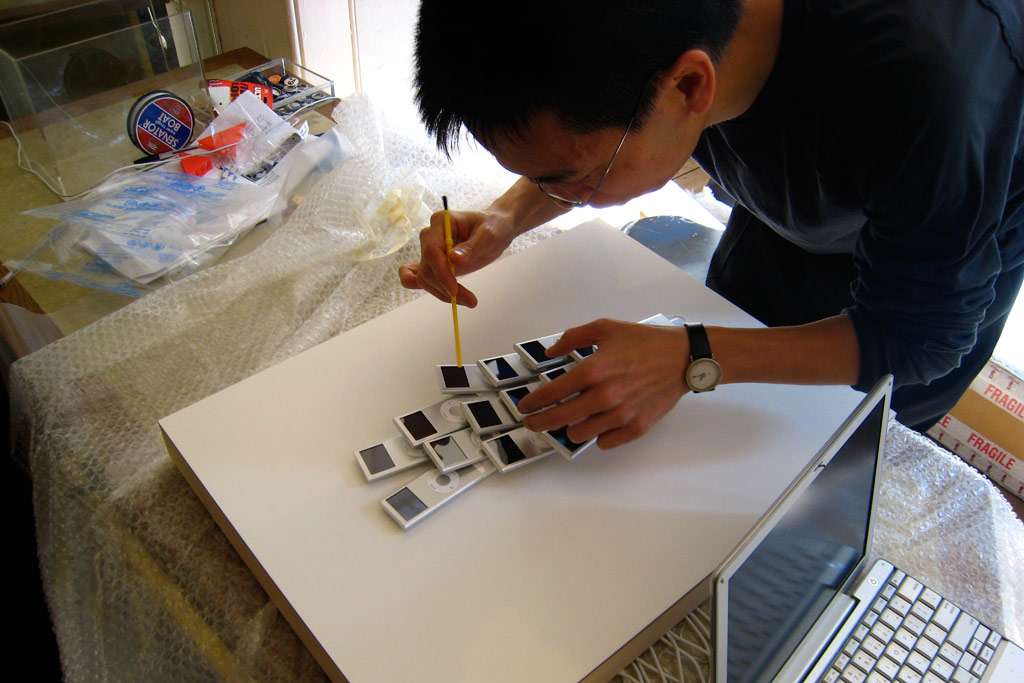
“…my father was a skilled craftsman, particularly in making food. In Japan, it’s not just how food tastes; it’s how it looks, the textures in it, and how it’s presented on the plate. I learned how to think aesthetically through watching my father make meals for friends.”
Have there been any specific moments that you would consider risky, like becoming president of RISD, or even your recent transition?
I think both are examples of macro things, but I don’t consider them big, because in any given month, there are so many micro risks. On any given day, there are all these little things that add up over the course of the week and year. That’s why staying in your house and closing the door is the safest thing you can do, (laughing) Becoming president, moving to venture capital—I wouldn’t frame those moments as risks, even though they’re large. I think I make so many decisions in a day that cumulatively outweigh those seemingly bigger risks.
Are your family and friends supportive of what you do?
Yeah. The people around me have always been supportive, and I’ve been lucky to have that.
Do you feel a responsibility to contribute to something bigger than yourself?
Yes, specifically because I feel like I’ve been very lucky; when you’ve been lucky, you want to give some of that back to the people around you. I can’t give away luck, but I can give away the notion that, if you work hard and try to do the right thing, then you’re more likely to be lucky.
It’s nice to see people find their thing. As a professor, it was like unpacking a bicycle and teaching my students to ride it—that’s an empowering moment. Or when you manage a team and get them to figure out how to do something without you, and do it better than if you were there—that’s rewarding. I learned a lot about that at MIT. My goal there was to make students who could destroy me someday, and they are now doing some incredible work that I can no longer do; I don’t make stuff like I used to because I’m too embarrassed.
Are you creatively satisfied?
Oh, that’s a good question. I like to say that creative people are confident in only one thing: their own doubt. I think there’s a huge lack of self-confidence in a creative person because, by nature, the definition of a creative person is someone who is trying to make something new. They know, if they are professional creatives, that the likelihood of doing that—making something new and significant—is hugely unlikely, so they build within that city of doubt. From doubt, they get to iterate and work extremely hard, hoping to find something new; it’s all about hope. I’ve never met anyone who is good at what they do creatively and is super-confident. Maybe they pretend to be confident in front of their agent or the media, but I’ve never been confident in that way.
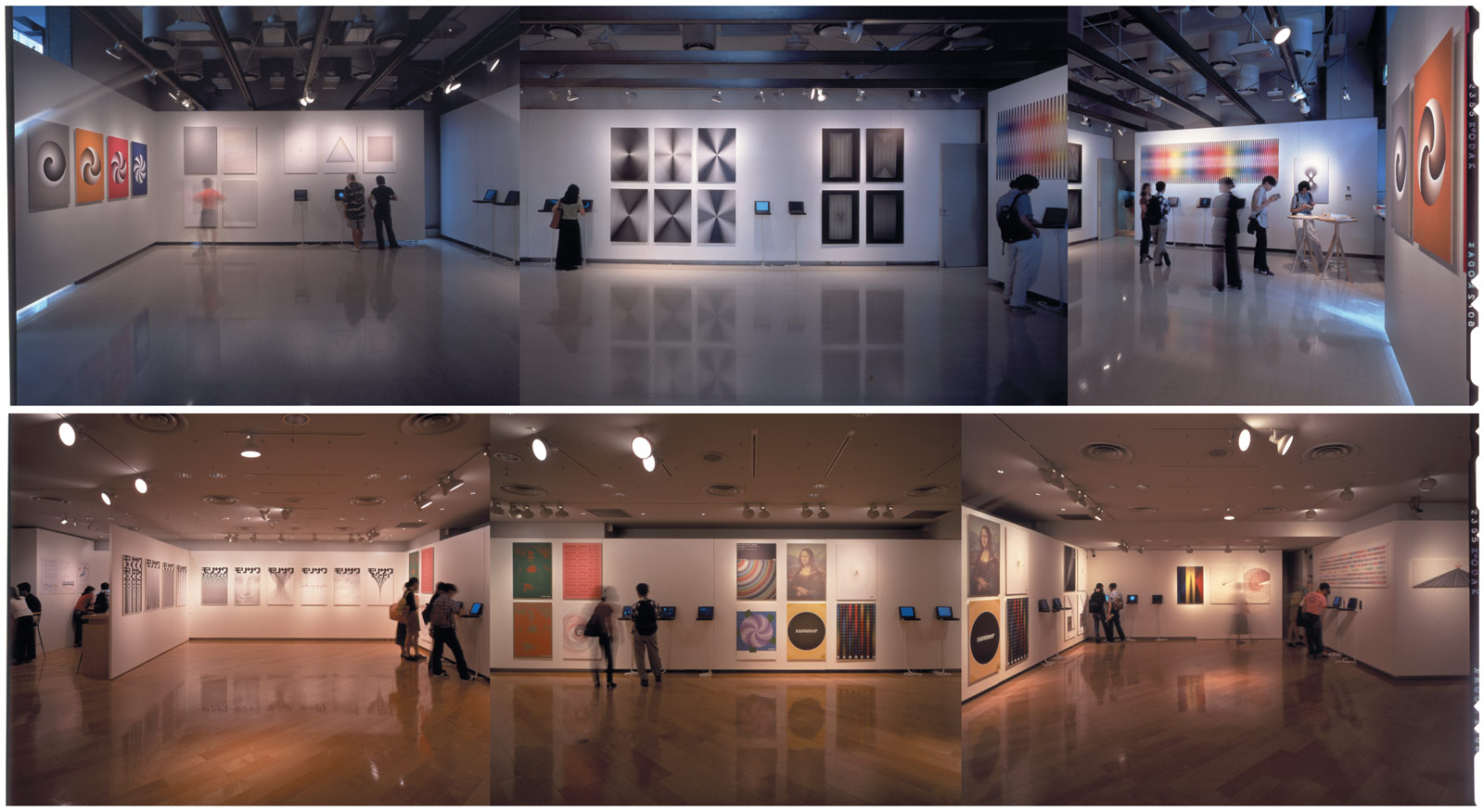
“If you have audacity and take on a risk, it means you don’t know what you’re getting into; you’re walking through a door, into a dark room, with no idea what’s there. If you have courage, it means that you know exactly what’s behind that door; there’s something dangerous, hard, and it’s going to make you really uncomfortable.”
You just transitioned into a new role. Professionally, is there anything you’re interested in exploring in the coming years?
Technology has matured. We don’t buy things because they have better technology; we buy them because they’re better designed. People in technology generally don’t understand what design is. I think there’s an opportunity and responsibility for designers to play a larger role in economic development and leadership. I call it moving from lowercase design to capital D Design to dollar sign De$ign. It’s going to be important for design to take a larger role in the technology economy.
Is that part of what you’re doing in your current roles?
It crosses over both roles, one in a large corporation and one in a venture capital firm that spans large and small ventures. I’m learning and running as fast as I can. It’s kind of like 24, if you’ve seen that.
Actually, I haven’t.
There’s a character called President Palmer and another named Jack Bauer. Jack is an independent agent, but the president isn’t, so he can’t do anything. I used to be the president; now I’m Jack Bauer. I’m more of a solo operative now.
That’s a great analogy. You’ve probably given a lot of advice over the years. What advice would you give to someone starting out?
The first would be that if you’re a good person, you will get a lot of advice from a lot of good people; being good is a good thing. The second is if you hear good advice, write it down, because your world will take over and you will quickly forget it. The third is that wisdom can come from anybody: the checkout clerk who talks to you, how the newspapers are arranged in a pile at the hotel desk, a taxi driver who can’t stop talking, or great leaders. I didn’t know that until I was in my mid–30s when I told a dear friend of mine that I’d heard an amazing thing from someone on an airplane. He replied, “John, that probably happens all the time, but you aren’t listening.”
How does where you live affect your creativity or work?
This is interesting. Many people I know live in very creative environments; their houses and offices are like galleries. I don’t do that. I seem to live in chaos. I’m not an environment person; if anything, I prefer to be in changing environments. I subject myself to change because it forces me to remain an active thinker about my relationship to the world. That sounds very highfalutin, which isn’t me. Maybe it’s as simple as I like to learn from all different situations, and that’s more important to me than holding on to my own taste in how I live. It’s like Type O blood, which can bond with any other type of blood. I like figuring out what I can from different situations. That’s how I’ve been, although I’m not saying it’s a better way to live.
Are you based on the East Coast?
Neither. I’ve been flying back and forth. When I’m on the West Coast, I stay in Airbnb rentals and participate in the sharing economy. There’s so much millennial-bashing, but I’m learning a lot living like a millennial. I think they have a lot of wisdom.
I think there’s a lot to be said for sharing. I don’t need to own everything.
It’s like communism meets capitalism. We haven’t figured it all out yet, but it’s certainly better for the earth. It’s not good for large corporations who want to make loads and loads of money, because they want you to have your own car. That said, if we can be pro-earth, pro-economy, and pro-capitalism, then we can all prosper and be educated.
Is it important to you to be part of a creative community?
Creative or not, it’s important to be in a diverse community with people who have different backgrounds and skills. I think that’s why New York is such a great place to live. There’s so much diversity. I’d rather be a creature in Australia’s Great Barrier Reef that is teeming with life of all kinds than in someone’s pond with carp.
“…creative people are confident in only one thing: their own doubt…From doubt, they get to iterate and work extremely hard, hoping to find something new; it’s all about hope.”
What does a typical day look like for you?
I had a typical day as the president: I woke at 5am, worked till 10pm, and saw a lot of different community members throughout the day—on campus, off campus, outside the city, outside the state. With the global financial crisis, it took me a while to figure out, but once I did, it was much more natural and routine set in.
In my current role, I wake up around 4am and work until 10pm. In that way, it is similar, but I have less people to manage. At RISD, I had 50 buildings, 2,400 students, 1,000 staff, and many alumni. Now when I wake up, I have the luxury of not being a mayor of a small city. I’m an individual agent who connects and empowers different minds and entities that are primarily in California, but also in New York, Chicago, and other parts of the world.
Do you have any favorite music right now?
My all-time favorite is the music of Ryuichi Sakamoto. The reason is that when I had a car with a cassette tape, I left the same tape in the car for three years: it was Sakamoto. I don’t know why I didn’t change it; it really got to me, and now his work is written in my brain.
Ryan does a similar thing where he plays a song over and over. I often think about the psychology behind it.
I think it’s like a subconscious dance that keeps your soul moving in a steady pattern. In the presence of that pattern, you layer things on top of it. I think it’s a convenient way to keep yourself floating.
That makes sense. You mentioned 24 earlier. Do you have any favorite TV shows or movies?
(laughing) I watched 24 years ago. When I watch TV now, my favorite is House of Cards.
Do you have a favorite book?
My favorites are leadership books by John W. Gardner, who is like the Paul Rand of leadership. He wrote books called Excellence and Self-Renewal, among others. He was a Stanford professor and when he was younger, he served as Secretary of Health, Education, and Welfare under President Lyndon Johnson. I meet a lot of people in their 30s, who struggle with this idea of leadership. I always recommend books by John Gardner because they’re in plain English and include great stories about America. Following President Obama over the past eight years has also really shaped me and made me feel very American.
What is your favorite food?
(sighing) My favorite food? I don’t know if I have one. Well, I guess it would be food that is intentionally warm—hot food that is supposed to be hot. It’s comforting. I think it’s because I eat a lot of cold food, like sandwiches, when I travel. There’s nothing like hot food; I love it!
What kind of legacy do you hope to leave?
When I was president, people asked me if I was going to build my own walkway or building. That’s what presidents like to do, but I never wanted to do that. I was more interested in raising money for scholarships. You can’t see them; you can’t point to them and say, “President Maeda did that,” but they’re more important. I did a lot of things that didn’t look like anything when I was there, and that’s what I like to do. I’ve discovered that a lot of people want to leave a legacy, but I don’t really feel like that. I’ve learned that legacy is something you don’t get to determine—the world determines it.
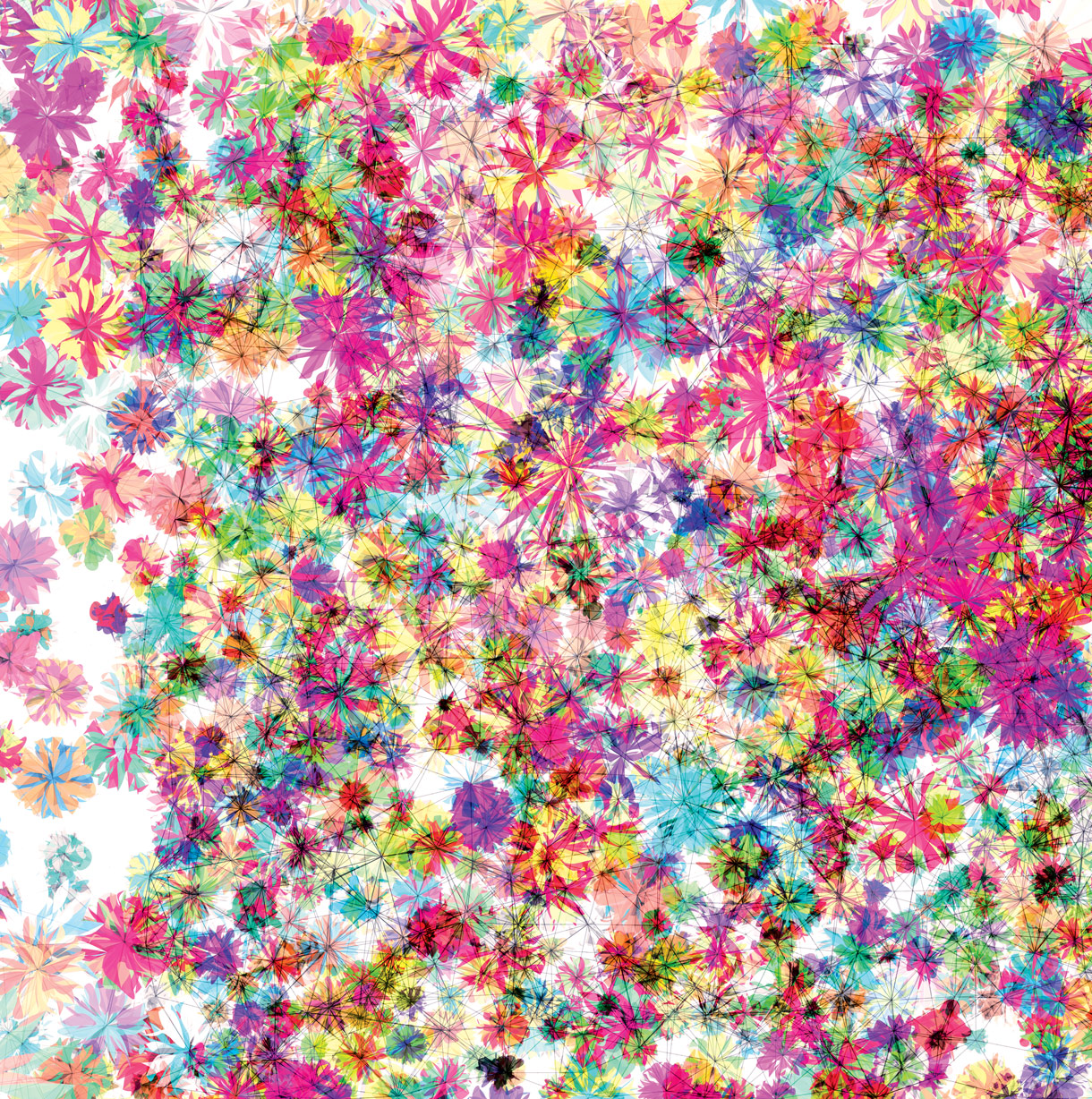
“When I was president [at RISD], people asked me if I was going to build my own walkway or building. That’s what presidents like to do, but I never wanted to do that…I did a lot of things that didn’t look like anything when I was there, and that’s what I like to do.”
